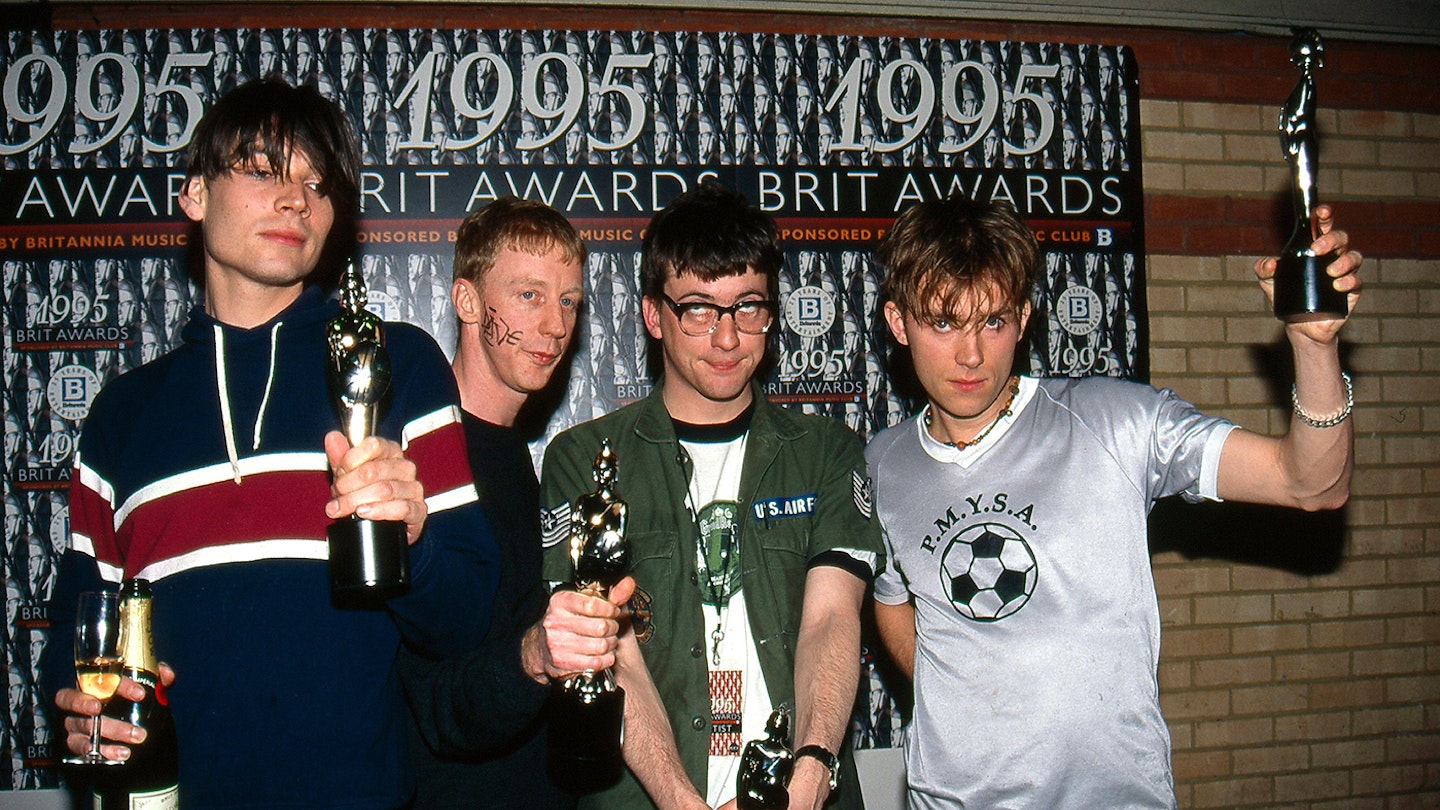Thanks to a swaggering role in Britpop’s naughty ’90s carry-on, the four men of Blur are haunted by depictions of themselves at their most annoying and cartoon-like. But peer back – into the punky chaos of the pre-Blur Seymour, and back further, into teenage epiphanies aroused by The Jam, The Specials and New Order, into singer/songwriter Damon Albarn’s boho background (his father Keith managed Soft Machine) and apprenticeship in music theatre – and the soul of a fascinating, polymathic pop phenomenon emerges.
As a young indie band on the rise, 1988-91, Blur were rowdy and puppyish. Rhythms were a war between drummer Dave Rowntree’s heads-down flailing and Alex James’ pert, elasto-poppy bass lines. Graham Coxon’s guitars could be relied upon to surprise – his sizzling riffs on Syd-Barrett-goes-baggy single There’s No Other Way were a killer calling card – while his fellow alumnus of Stanway Comprehensive, Colchester, Damon Albarn, wrote the songs and sang with sssibilant esssesss.
They liked to get in your face, often drunkenly, but their big bet, on English-flavoured pop at grunge’s apex, paid off. The subsequent alignment of UK pop culture behind them went to their heads, or did them in, or both, but it’s to their credit that when it came the crash fuelled music that bore the scars, in the scratchy comedown vibe of Blur, the deconstructive urges of 13, and beyond, into idiosyncratic solo projects.
These have included flibbertigibbet James’s footie-song supergroup, Fat Les, and Coxon’s guitar-slashing, Jilted John cris de coeur. Meanwhile, Albarn stormed classical citadels and danced to Afro grooves in Lagos and Mali. Since 2001, his perfectly pitched, imaginatively storyboarded Gorillaz albums have sold over 14 million copies.
This year Blur live on, playing not one but two nights at Wembley Stadium. Nearly 35 years after Seymour played their first ever show, there’s life in those Essex Dogs yet...
READ MOJO'S EXCLUSIVE INTERVIEW WITH GRAHAM COXON AND ALEX JAMES ABOUT NEXT YEAR'S BLUR REUNION.
10. Blur
The Great Escape
PARLOPHONE 1995
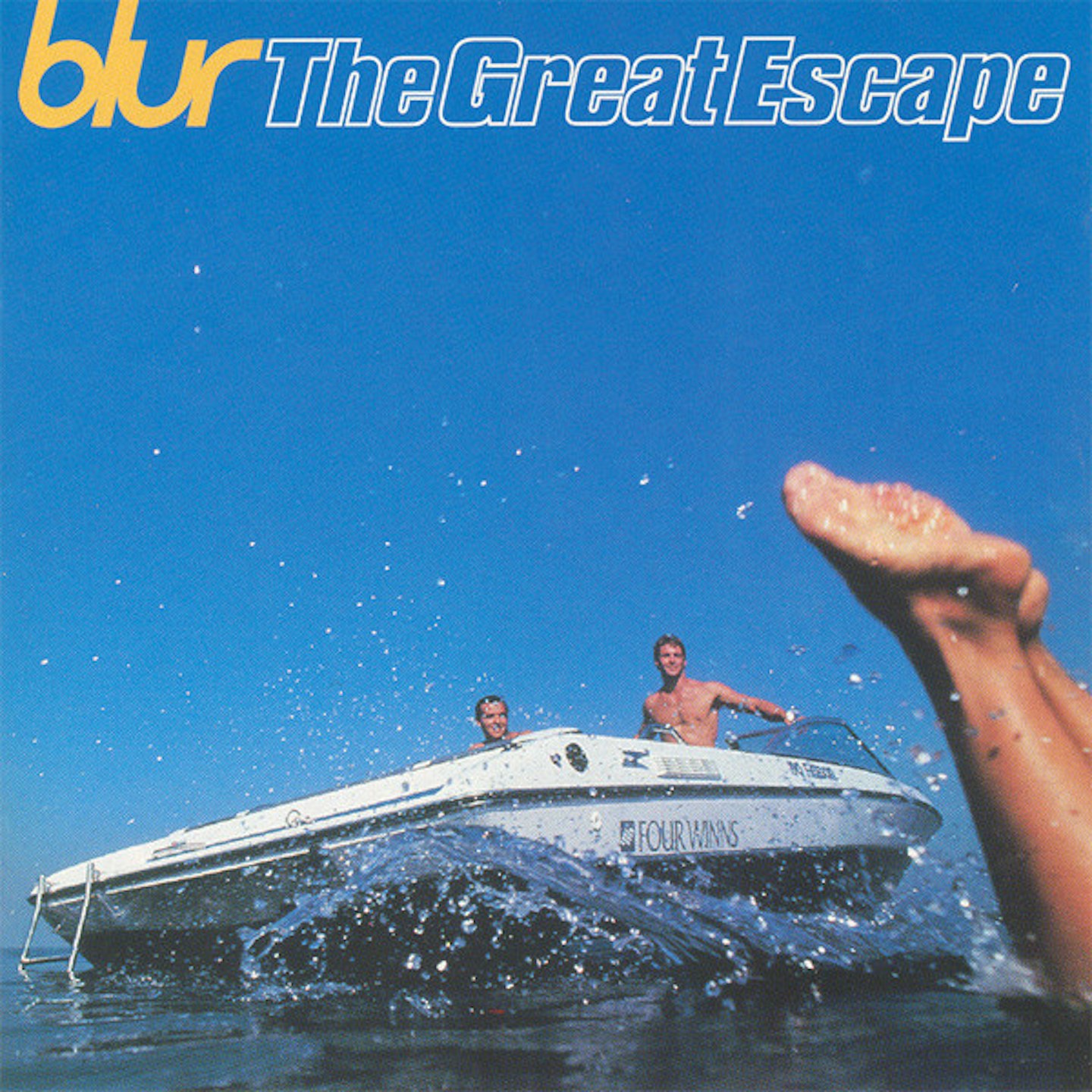
The final instalment of Blur’s ‘life’ trilogy, The Great Escape may have felt like Parklife Pt2 in some respects, but it’s also an eerily accurate bellwether of British pop culture in the mid 90s. The Oasis-squashing Country House reveals a new level of irony when you realise it was sending up Food boss Dave Balfe, and while Charmless Man and Stereotypes may now sound like brash cousins of more detailed character studies like Tracey Jacks or For Tomorrow, The Great Escape also contains some of Blur’s finest ever moments: Scott Walker homage The Universal and He Thought Of Cars – a seasick knot of distortion and melancholy that pointed the way to a richer future away for the shadow of the Britpop monster they had helped to spawn.
9. Blur
Think Tank
PARLOPHONE 2003
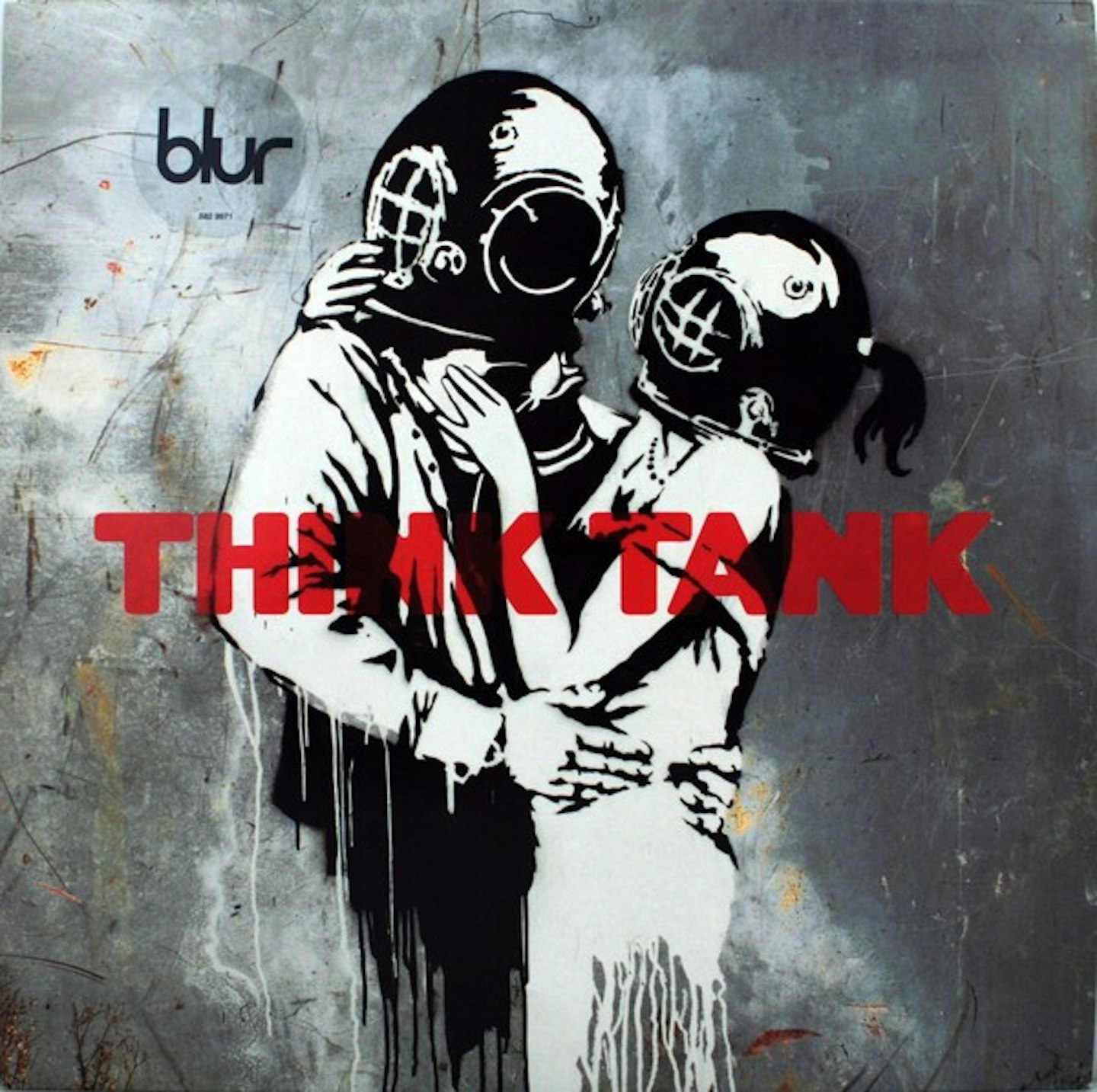
Given the mid-project departure of Graham Coxon (at least he left the vertiginous guitar nuages of epic closer, Battery In Your Leg) this is victory from the jaws of defeat. Recording in London and Marrakesh, with the help of Norman Cook, and with The Clash’s Combat Rock on Albarn’s mind, Blur hosted a multi-ethnic meltdown on their blithest record since Britpop flag-bearer Parklife, with Maroc-punk nuttah We’ve Got A File On You and Black Grapey drug-paean Brothers And Sisters balancing the transfiguring, melancholy pop of Out Of Time. A slightly patched-together, demo’d vibe adds charm but – surprise – it lacks something. That’s it: Graham Coxon.
8. Damon Albarn
Dr Dee
PARLOPHONE 2012
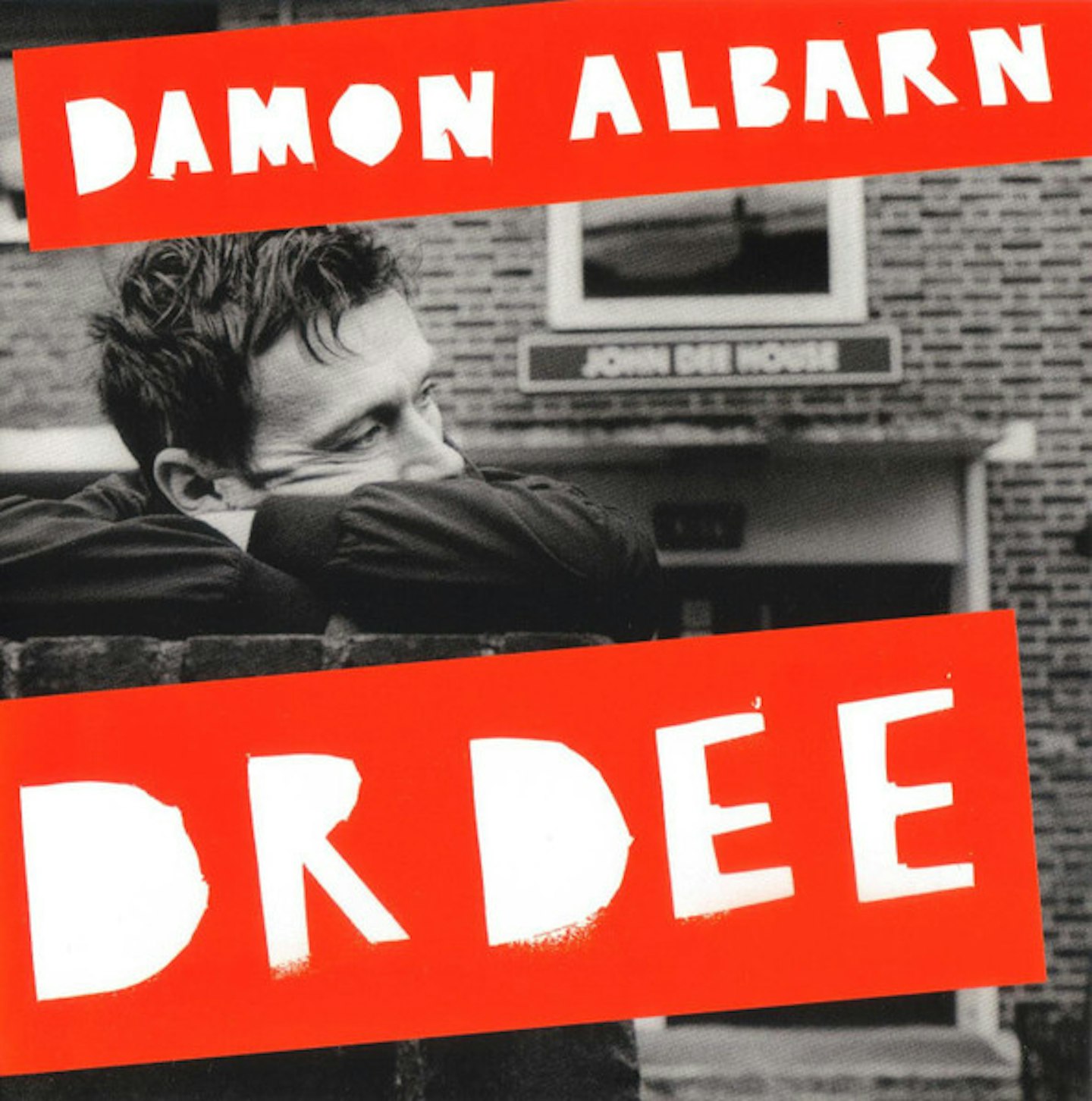
Albarn’s first album under his own name – unless you count 2003’s vinyl-only Democrazy – is the score for an opera about Elizabethan mathematician/alchemist John Dee and his byzantine political entanglements (rock on!). Melding his own pop aesthetic, Renaissance music forms and contemporary African instrumentation risked alienating highbrow and lowbrow alike, and it didn’t please everyone. But abandon yourself to its incomprehensibility, haunting shades of John Dowland and Thomas Campion, and – especially – Anna Dennis’s vocals and Madou Diabate’s kora on The Moon Exalted, and it’s a headtrip. Englishness, empire, the cosmos and, in the middle, an ill-used genius: what’s Albarn trying to say here?
7. Gorillaz
Gorillaz
PARLOPHONE 2001
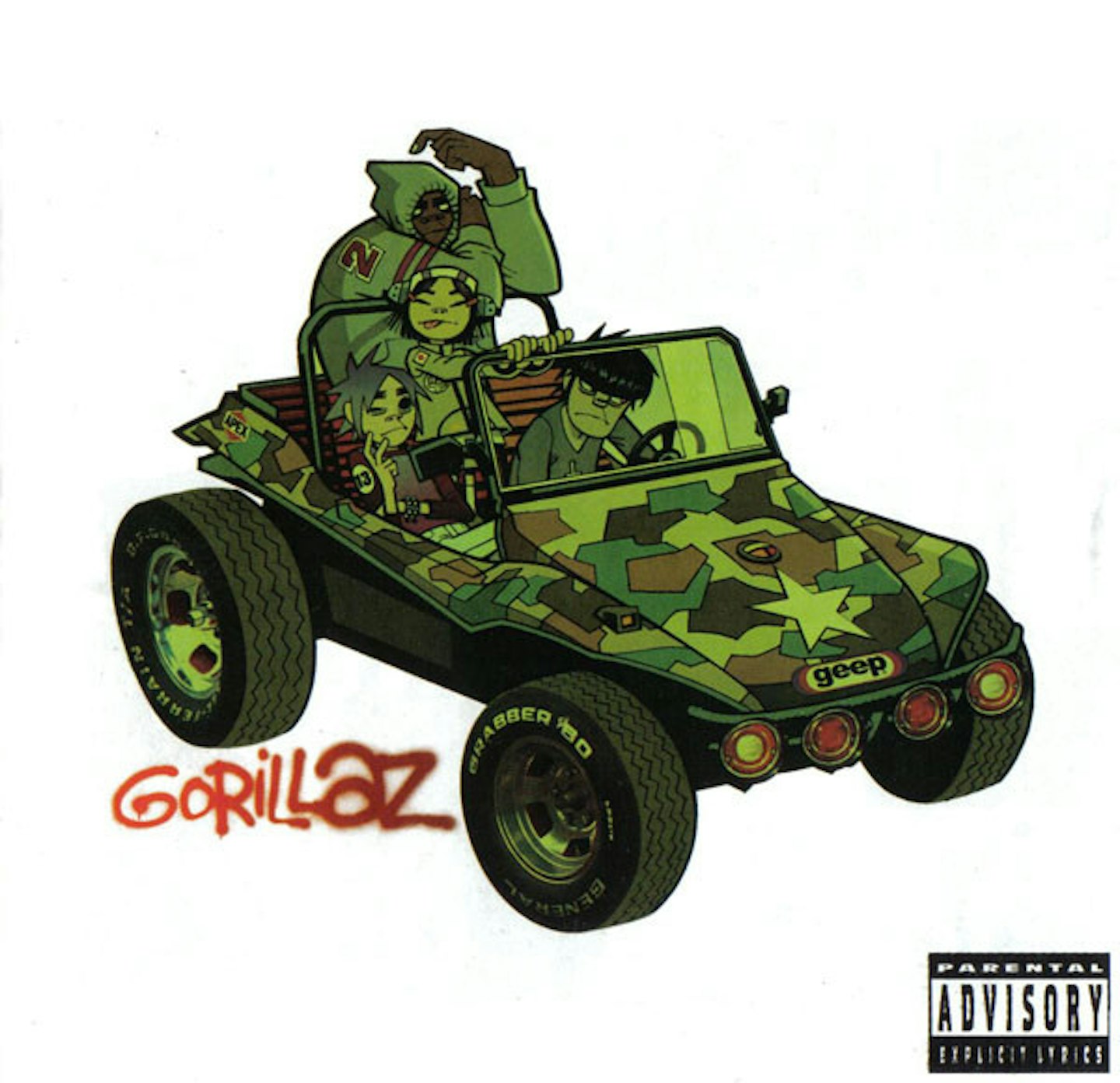
Albarn’s faceless turn on hip-hop producer Dan The Automator’s Deltron 3030 seemed to have given him a thought: I could do that. And with machines, beats and samples who needed a group? Drafting in ex-flatmate Jamie ‘Tank Girl’ Hewlett to draw the ‘virtual band’ grafted a mischievous mythology and marketing candy to the groovy, minimal music, while Del Tha Funkee Homosapien’s witty rap on loping, bonged-out Clint Eastwood plugged Albarn instantly into the world’s most popular music, though perfunctory song titles – 5/4; Man Research (Clapper) – suggests that mega sales were far from his mind. Fun Boy Three – whom he witnessed on a visit to Top Of The Pops in his teens – may have sowed this seed.
6. The Good, The Bad & The Queen
The Good, The Bad & The Queen
PARLOPHONE 2007
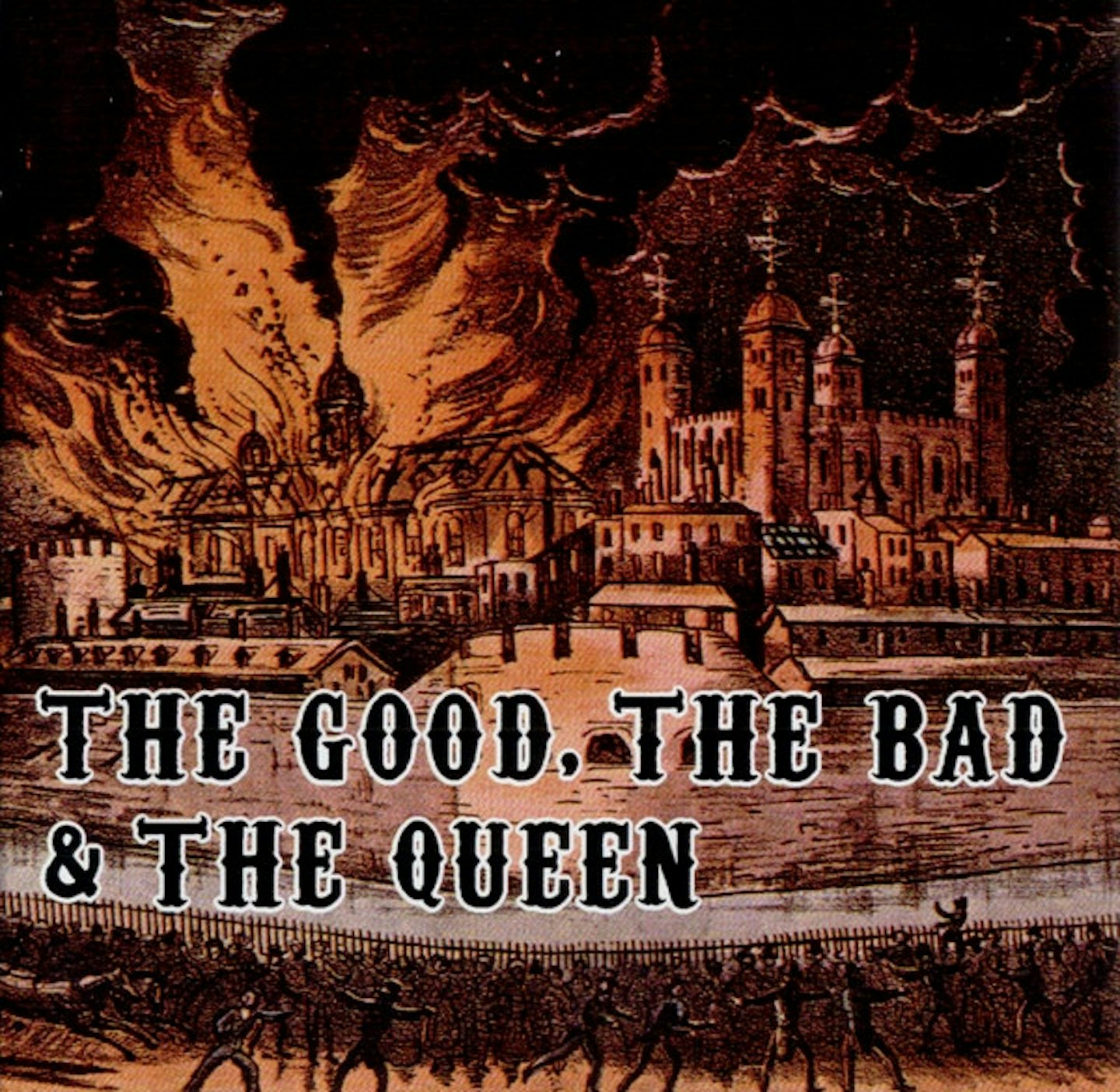
Albarn’s ability to follow the music, rather than any preconceived formula – everything he learned, in other words, from The Great Escape fiasco – is exemplified here. TGTB&TQ began in Lagos as an Afrobeat exploration driven by Fela Kuti drummer Tony Allen and ended as a smoggy, foggy song-cycle about a psycho-historical London dragged along by the tidal bass of Paul Simonon. Anything “a bit Lion King” was purged by producer Danger Mouse. What remained were magical, melancholy moments such as Herculean, Green Fields and A Soldier’s Song.
5. Blur
Modern Life Is Rubbish
FOOD 1993
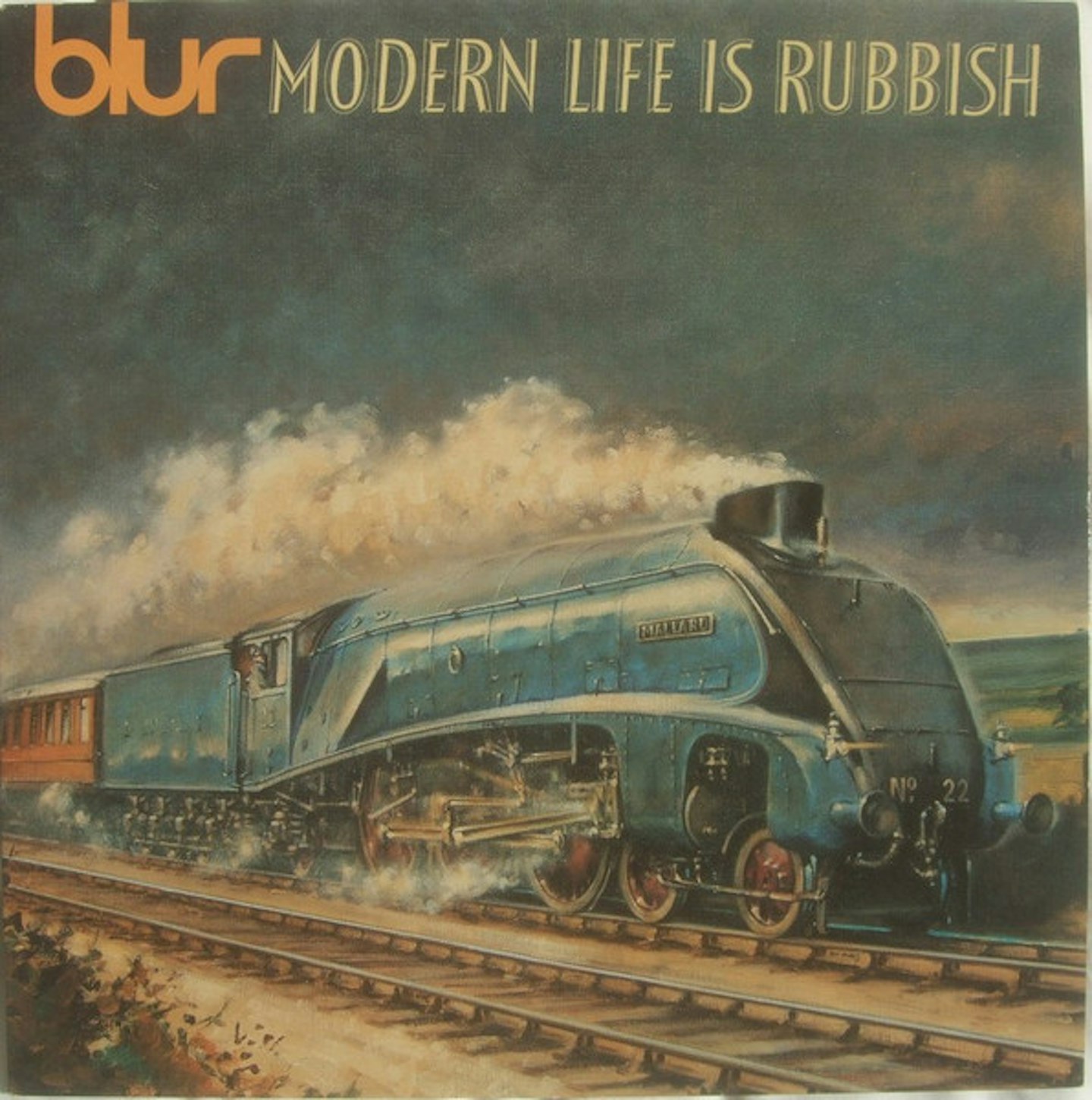
Much truer to Blur’s art-punk soul than their nebulous debut, Leisure, this could still have been their last gasp without the intervention of the Food label’s oft-maligned Andy Ross/David Balfe axis. Their demand for singles gave rise to Chemical World and the aching For Tomorrow, Albarn’s first mature conceptions. Meanwhile, Modern Life… looks back, in Colin Zeal’s homage to The Teardrop Explodes’ Went Crazy, and forward, in Starshaped’s pre-echoes of End Of The Century, and Coxon rocks harder than on any Blur album. Bonus: 2012’s two-disc reissue gives you the pivotal Popscene. “Lost on the Westway” was Albarn, not for the last time.
4. Blur
13
FOOD 1999
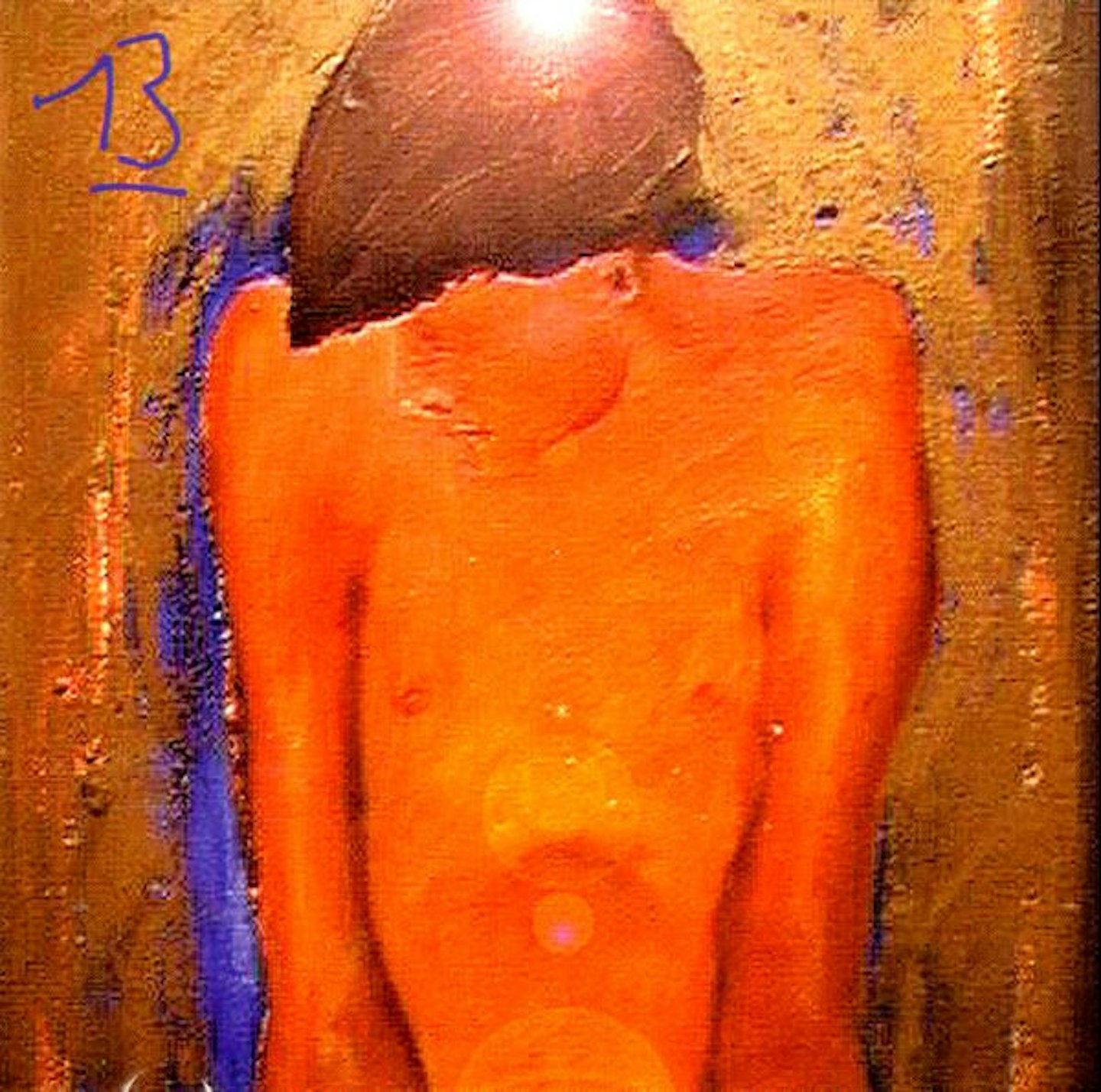
In the late ’90s, experimental drug use turned Albarn on to music’s texture, groove and soul, while William Orbit’s mix of the Blur album’s Movin’ On convinced the group of the uses of electronica. Orbit would produce 13, taking the bonnet off Blur and exposing its innards – the raw nerves of Albarn’s split from Britpop consort Justine Frischmann included. Stompy gospel-folk (Tender) and gnarled pop (Coffee & TV) thus met indie-dub (Battle) and opiated prog (Caramel) in a trip into inner and outer space. Sadness and weirdness combine in the devastating closing song No Distance Left To Run and in Trailerpark, the roots of Gorillaz are beginning to show.
3. Blur
Blur
FOOD 1997
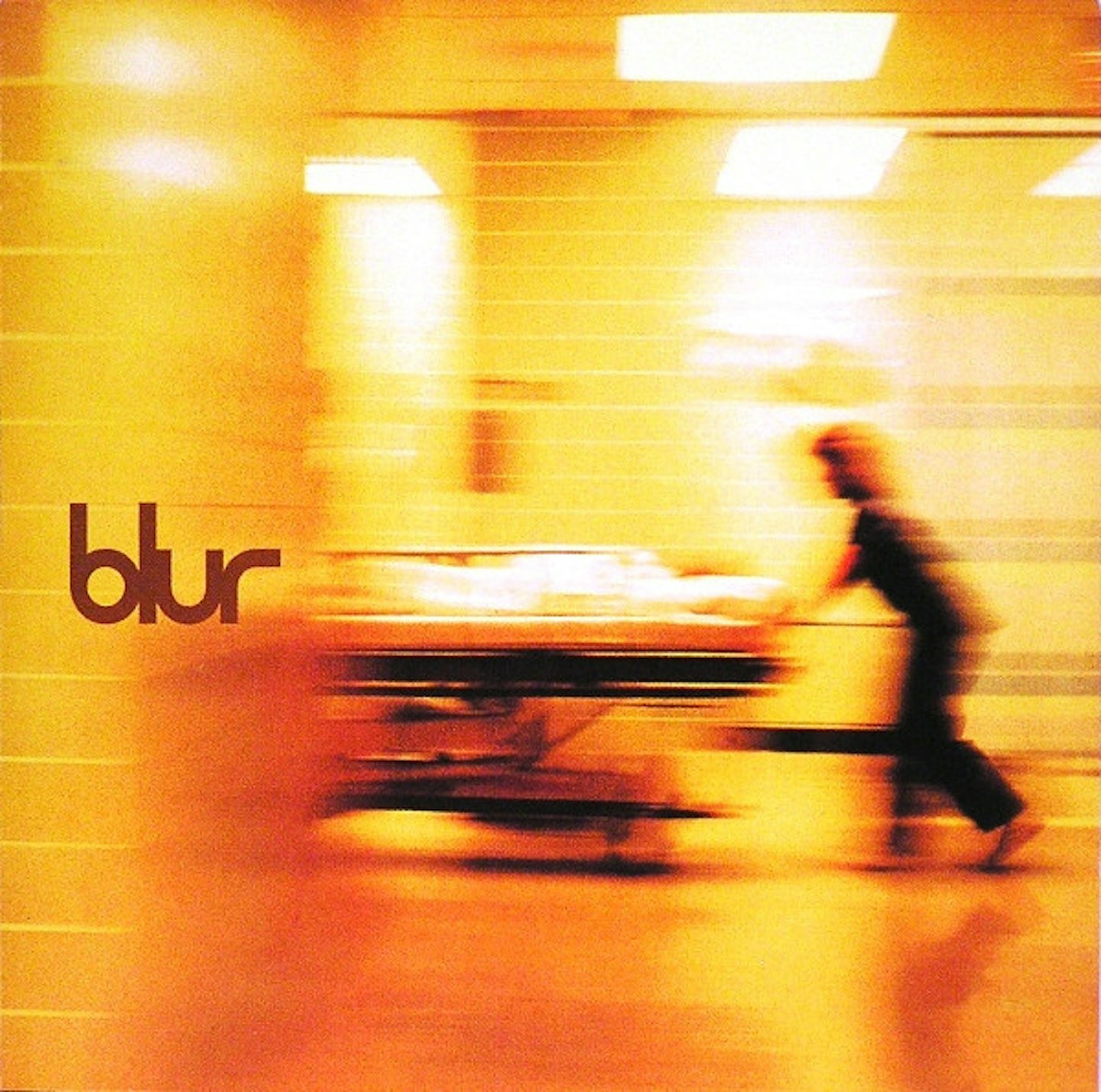
The patient on the cover’s gurney could have been Blur themselves, ravaged by Britpop excess and the Pyrrhic skirmish with Oasis. In its wake Graham Coxon, disaffected by The Great Escape’s overwrought Parklife redux, got what he wanted: a re-indiefied Blur complete with lo-fi scuff and a heart of darkness (his You’re So Great could be Dinosaur Jr.). And yet Classic Blur™ tropes shine through: clever/dumb pop gambits like Song 2 and M.O.R.; Ghost Town overtones in Britpop time-caller Death Of A Party; the Hunky Dory-isms of Strange News From Another Star. Simultaneously Blur’s most fatigued and yet effortless album.
2. Gorillaz
Demon Days
PARLOPHONE 2005
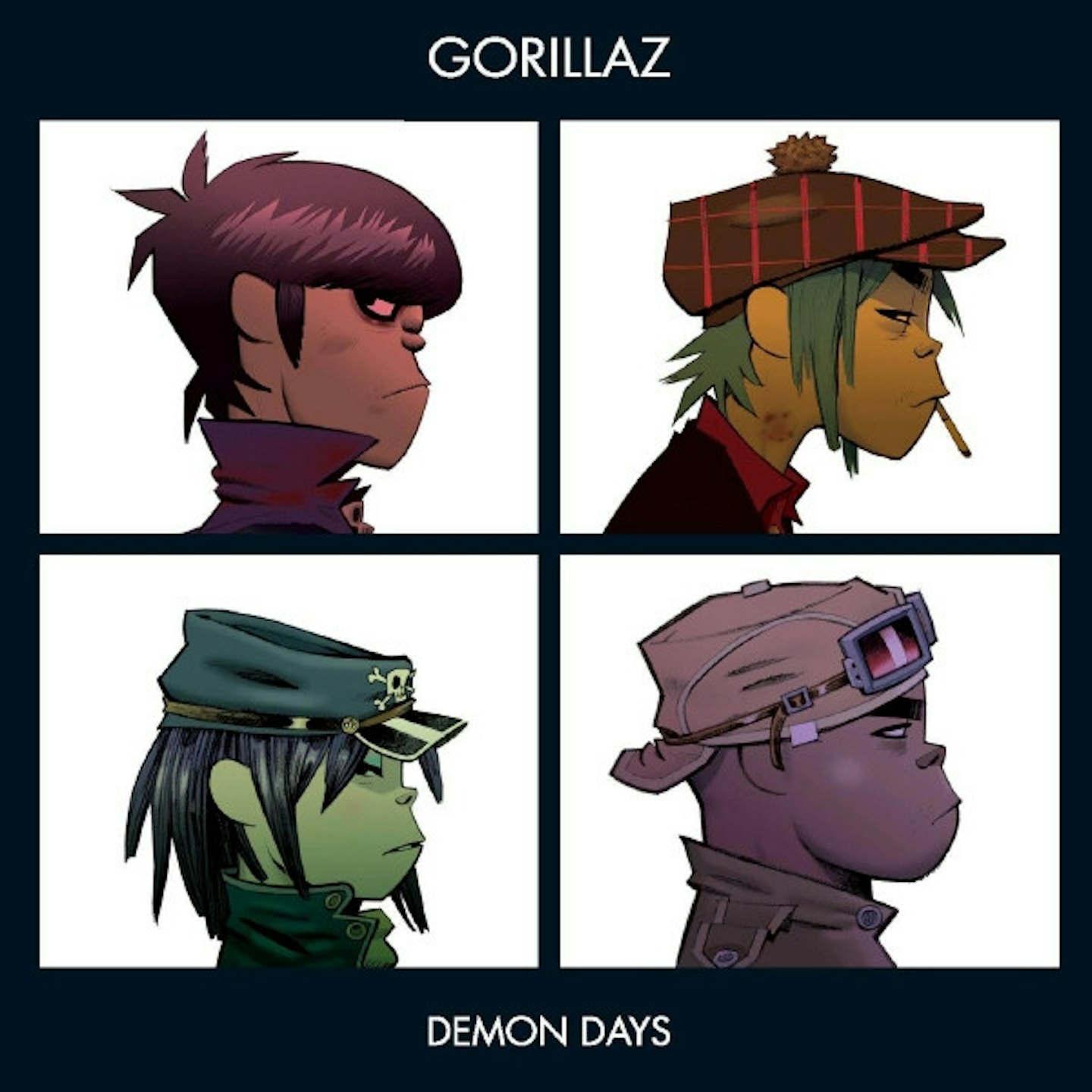
As flawlessly complete and prescient in its way as Parklife – with its sad-eyed, post-hip-hop soundworld adding lashings of “now” – Gorillaz’ second album drew star collaborators (Dennis Hopper, Shaun Ryder, De La Soul) to serve a kind of Brechtian parable of impending global apocalypse. Every track furthers the action yet speaks for itself: (again!) the Ghost Town flavour of Kids With Guns evokes nightmare visions of West African child gunmen; OutKast-echoing Feel Good Inc is scintillating dialectical pop; the title track a soulchestral epic. A box of infinite delights.
1. Blur
Parklife
FOOD 1994
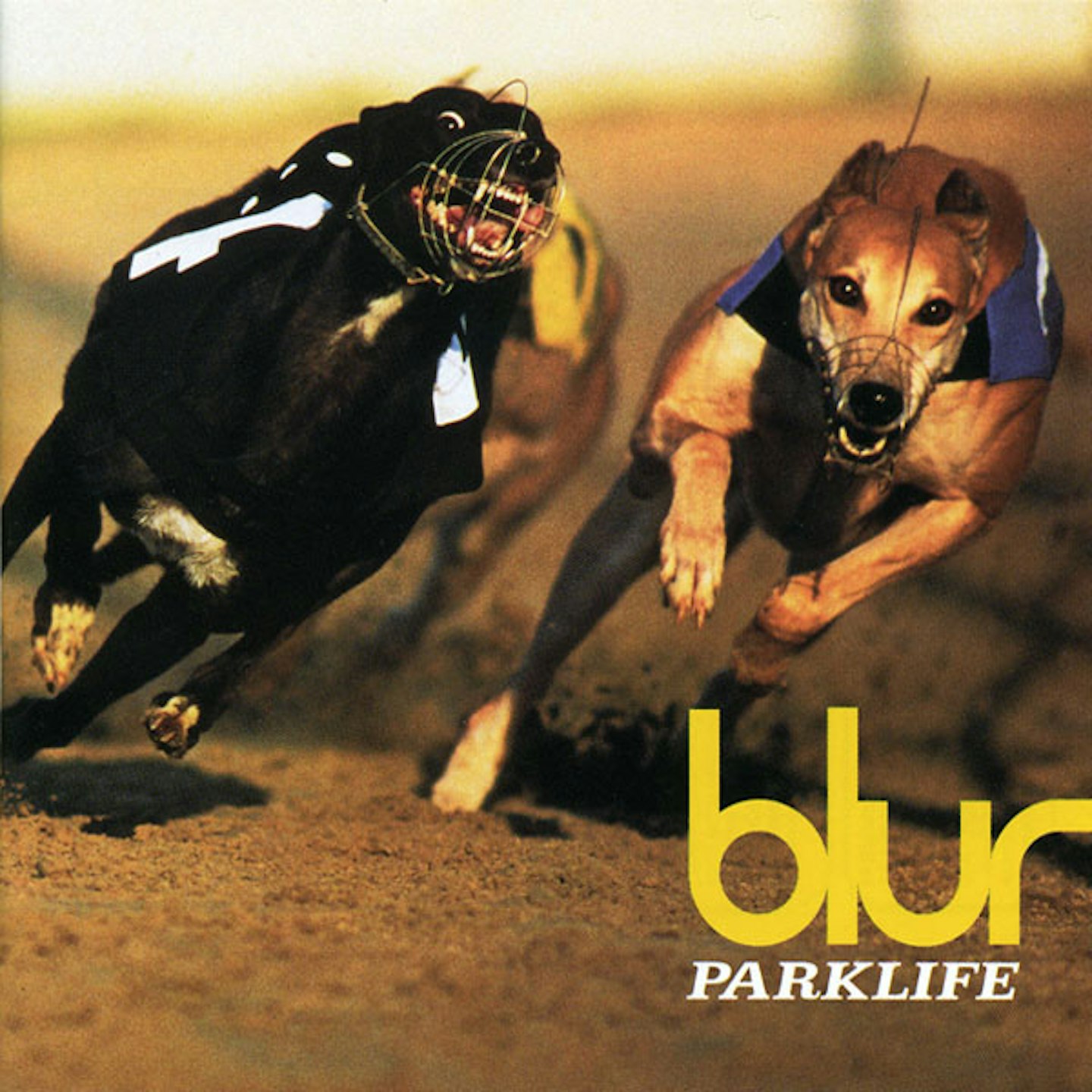
Everything haters hate about Blur, with its yob-march title track a kind of pustulant, contempt-attracting beacon. But don’t blame Parklife for the excesses of the era it presaged with its artful brashness and pop-art palette (a bit like Alf Garnett – you saw the cautionary irony, or you didn’t). Admire instead the heady alt disco of Girls And Boys, swaggering ultra-Kinks of End Of The Century and the Elgarian melancholy of This Is A Low: key planks in an accidental state-of-the-nation address laced with brio, stylistic dressing-up and tunes. Sometimes records are successful because they are great. This is one of those.
BECOME A MOJO MEMBER today and receive every new issue of MOJO on your smart phone or tablet to listen to or read. Enjoy access to an archive of previous issues, exclusive MOJO Filter emails with the key tracks you need to hear each week, plus a host of member-only rewards and discounts.
